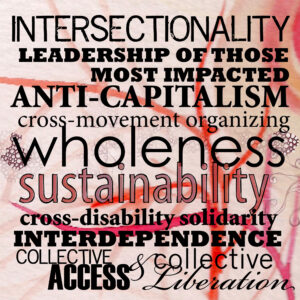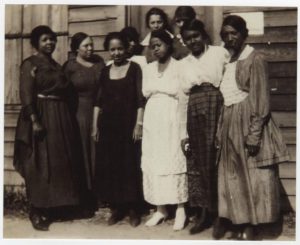
Environmental History
Practicing inclusive history requires accumulation of deep knowledge of the landscapes we inhabit and the environments that we influence over time. This knowledge derives from a close examination of features

This dynamic reference source supports inclusive and equity-focused historical work in public settings by sharing a knowledge base that invites more people to engage in history projects. This handbook provides concrete examples of how to make history work more relevant. It centers on equity, inclusivity, diversity, and public service while offering accessible windows into the many ways public historians work.

Practicing inclusive history requires accumulation of deep knowledge of the landscapes we inhabit and the environments that we influence over time. This knowledge derives from a close examination of features

Practitioners of disability history often model community engagement and wide-ranging access practices, and they insist on the value of disabled people and their histories. Interpreting disability history is one way

Never monolithic, the U.S. suffrage movement catalyzed a process through which women determined what roles they sought in the polity and strategized ways to obtain them. Examining this process highlights
The Inclusive Historian’s Handbook is co-sponsored by the American Association for State and Local History (AASLH) and the National Council on Public History (NCPH).